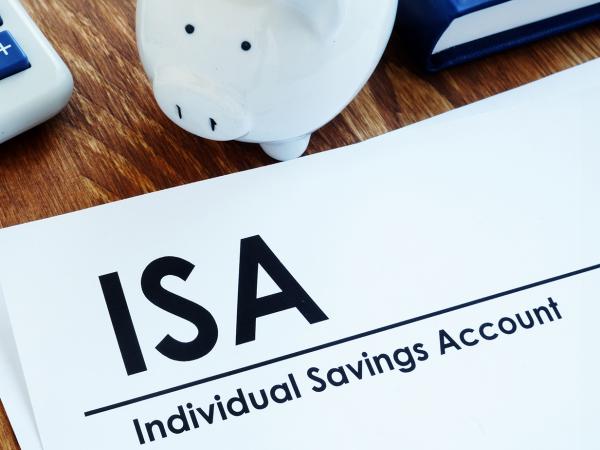Child trust funds
Child trust fund accounts can be accessed from age 18. This page gives a brief overview of what you need to know.

Content on this page:
Who has a child trust fund
Child trust funds (CTFs) are long-term tax-free savings accounts. You will have (or have had) one if all of the following applies:
- were born between 1 September 2002 and 2 January 2011
- your parent or guardian had a live child benefit claim for you
- you were living in the UK and not subject to immigration control
It is no longer possible to open a new CTF account.
Payments into child trust funds
Child trust fund accounts were funded by an initial £250 voucher from the government. Low-income households were eligible for an additional £250 payment.
Further payments could be made into the account up to an annual subscription limit. For a short period (from September 2009 to August 2010), the government also made a further contribution upon the child’s seventh birthday.
Child trust fund investments and tax treatment
The funds in the accounts could be held in cash or in shares and are exempt from income tax and capital gains tax. The CTF does not affect any claim to benefits or tax credits by the parent or guardian.
Maturity – age 18
The funds in the CTF are held in trust for you until you turn 18. As the first CTF accounts were opened on 1 September 2002, they started to mature from 1 September 2020 – this just means that they are no longer locked away and you can access the funds.
HMRC estimate that around 55,000 accounts will mature each month until January 2029.
When you turn 18, the CTF ‘matures’, which means you can take funds out of the account.
Until you inform the CTF provider what you would like to do with the funds, the provider will transfer it into a ‘protected account’. This will still be free from income tax and capital gains tax.
Checking if you have a child trust fund
You should have a child trust fund if the criteria set out above were met (see the heading above: Who has a child trust fund).
If your parents/guardian did not open an account with the voucher within 12 months of your birth, HMRC will have opened a ‘stakeholder’ (shares-based) CTF on your behalf. We understand that nearly a third of child trust funds were opened in this way.
You (or a parent or guardian on your behalf) can fill in the form on GOV.UK to ask HMRC to check if you have a CTF and, if so, to send you the details of the account provider. You will need to use (or set up) your government gateway account. The following information may be needed:
- your full name and address
- your date of birth
- your National Insurance number
- adoption details, if relevant
- your unique CTF Unique Reference Number (this can be found on the annual CTF statement), if you have it.
HMRC provide a postal address underneath the online form to use if you do not get a response through the online form within three weeks. We believe you could also write to this address if you were having difficulty using the online form.
Accessing funds in a child trust fund as a parent/guardian
Although you can obtain details of where a CTF is held, once your child turns 18 the funds in the account belong to them, not you. They are free to choose what to do with it.
If your child lacks capacity and is not able to make financial decisions for themselves then you may need a power of attorney to access the funds on their behalf.
If you do not have power of attorney (or cannot obtain it – because a person must have capacity in order to give you a power of attorney, see GOV.UK), then we understand that an order from the Court of Protection (or in Scotland an intervention order or guardianship via the sheriff courts) may be required. You should seek legal advice if you are in this situation.
Matured funds
Once you turn 18, the funds in the account belong to you and you are free to choose what to do with them. For example, you could:
- withdraw them as cash
- leave them in the account until a later date
- transfer all or part of the money into an ‘adult’ ISA account
The above are just options – we cannot give financial advice. You must think carefully about what to do with your savings. You might want to take the chance to read about money issues and savings, for example using free guidance such as from MoneyHelper.
If you choose to leave part of or all of the funds in the existing account (the default ‘protected account’) this will continue to be tax-exempt.
If you choose to transfer part of or all of the funds into an ISA, you can do this without reducing your available annual ISA subscription limit.
More information
You can find more information on child trust funds on the government’s MoneyHelper website.
See also GOV.UK.



